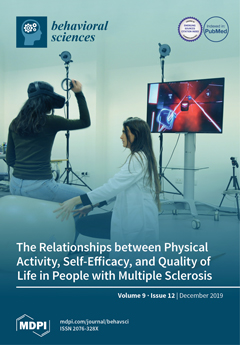Emerging evidence suggests controversial results on the associations between sport activity and eating disorders (EDs). The aim of the present study was to investigate the relationship between sport activity in general, weight-dependent/independent sport activity particularly, and risk or protective factors in feeding and
[...] Read more.
Emerging evidence suggests controversial results on the associations between sport activity and eating disorders (EDs). The aim of the present study was to investigate the relationship between sport activity in general, weight-dependent/independent sport activity particularly, and risk or protective factors in feeding and eating disorder (FED). The sample (
n = 282, divided into two successive groups), included competitive athletes in the first analysis, non-competitive athletes, and sedentary peers; in the second analysis it has been divided into weight-dependent athletes, weight-independent athletes, non-competitive athletes, and sedentary peers. The participants were tested with Rosenberg Self-Esteem Scale, Profile of Mood State (POMS) questionnaire, Body Shape Questionnaire (BSQ), Eating Attitudes Test (EAT-26), and Body Uneasiness Test (BUT). The results show higher levels of
self-esteem among athletes in general and particularly in weight-independent athletes (
p = 0.0210). We found higher levels of image and body dissatisfaction among sedentary peers and weight-dependent athletes (0.0005 <
p < 0.0015). Sedentary peers also reported higher levels of tension/anxiety, depression/dejection, confusion/bewilderment and fatigue/inertia (0.0001 <
p < 0.0331). Dieting and oral control were found to be higher among weight-dependent athletes (0.0337 <
p < 0.0400). The findings suggest that
sedentary condition is associated with higher levels of
body-image discomfort and higher level of psychological distress, whereas weight-dependent athletes may report dietary issues and bodily concerns. Sport activity should be promoted and specific trainings on diet and body-consciousness encouraged among athletes.
Full article






